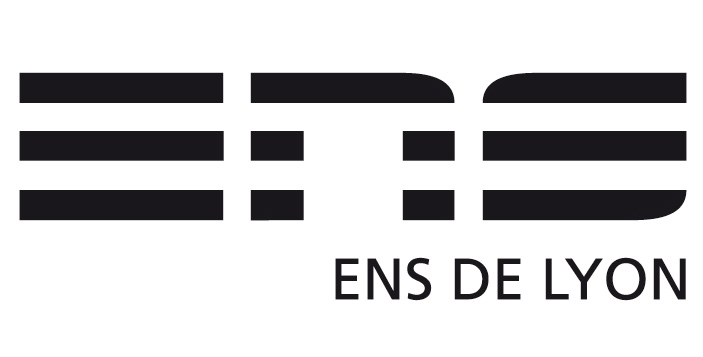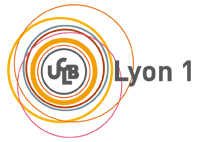Dr. James COCHRANE
| When |
Mar 13, 2014 à 10:30 AM |
|---|---|
| Where |
|
| Contact |
Christophe Bucher |
New methods for amide bond formation
Amide bond formation is one of the most important reactions in chemistry, because amides are ubiquitous in modern pharmaceuticals and biologically active compounds.1 In recent years a range of novel amide ligation strategies have been developed, many incorporating thioacids or thioesters as carboxylic acid surrogates.2 Many of these methods require either a thiol-functionalised amine coupling partner, or an amine surrogate. An alternative approach is the reaction of thioamides with silver carboxylates initially described by Palacios and co-workers.3, 4
We will present investigations into the scope and limitations of the reaction of amino acid thioamides with carboxylic acids in the presence of silver(I) to generate imide and amide adducts, and ultimately peptides. This transformation represents a unique approach to amide bond formation that does not require pre-activation of the carboxylic acid, and as such epimerisation levels are very low. The application of this methodology to the solution-phase, N→C direction synthesis of the pentapeptide thymopentin (Arg-Lys-Asp-Val-Tyr) will be described.
1. Roughley, S. D., Jordan, A. M. J. Med. Chem. 2011, 54, 3451.
2. Pattabiraman, V. R., Bode, J. W. Nature. 2011, 480, 471.
3. Avalos, m., Babiano, R., Durán, C. J., Jiménez, J., Palacios, J. C. Tetrahedron Lett. 1994, 35, 477.
4. Avalos, m., Babiano, R., Clintas, P., Durán, C.J., Higes, F.J., Jiménez, J. L., Palacios, J. C. Tetrahedron. 1997, 53, 14463.




